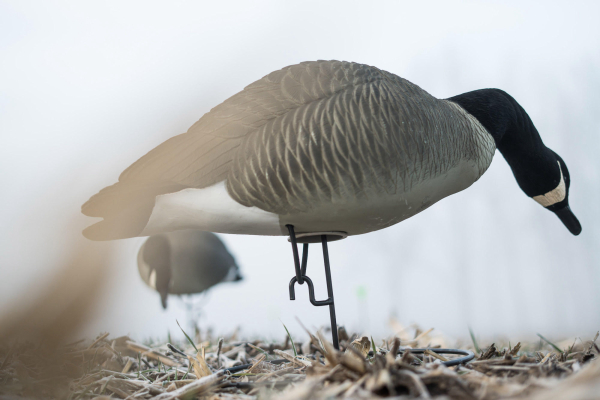It Snow Cause for Concern
By Glen Wunderlich
Outdoor Columnist
Member Professional Outdoor Media Association
My earliest recollection of a deer hunting trip to northern Michigan began in the vehicle taking us there. My brother in-law noticed the season’s first snow beginning to fall, as it reflected from our headlights. He became excited at the notion; I thought only that it would mean it was going to be cold. It’s all in we interpret the white stuff and how we react to it.
No doubt, when snowflakes accumulate enough to cover the ground, good hunters are able to use the white backdrop to their advantage. Deer’s natural camouflage is compromised by the stark contrast against the snow, which has the effect of opening up the woods. On the other hand, the same phenomenon can work against a city slicker who moves too quickly. While hunters can see better with snow cover, so can deer.
Still hunting – the art of sneaking about in the woods – has never been my specialty. It seems as though the deer I have seen are typically running full blast away from me after spotting me first. For those that have the self-control to actually move at a snail’s pace, the technique can work well – especially in the middle of the day, when deer tend to move less.
Snow also aids in tracking both before and after any shot attempts. The most magnificent whitetail I ever harvested fell at 130 paces to my original deer gun, a Winchester 30-30 in Michigan’s Iron County. It was the third day of the season and deer were scarce. With about six inches of snow on the ground and light snow falling, I decided to follow some fresh tracks in hope that they’d lead to a buck. Looking ahead beyond the tracks with my binoculars, I located the trophy of a lifetime following a doe.
After the single shot, I arrived at the scene where the two deer were together. I followed a set of tracks that were 10 yards between leaps, and with no sign of blood, I returned to the double set of tracks. The other set of tracks took me to my trophy.
Some snow can help a hunter move quietly; other snow varieties are problematic in that they may cause crunching noise under heavy boots. Matching an appropriate hunting style to the conditions is imperative. If it’s too noisy, it’s probably best to hunt from a stand.
In severe snowstorms and extremely cold temperatures deer will lie low in thick cover and will wait for the storm to pass. A wise hunter will take advantage of the deer’s pent up appetite and will be afield soon after the weather clears, if he’s not crazy enough to be out there already.
As I listened to the reports of traffic crashes this past week during our first dusting of snow, I had to take exception to the reporter, as he blamed the myriad collisions on the snowy conditions. You see, it wasn’t the snow that caused all the trouble; it was how drivers reacted to their circumstances.






